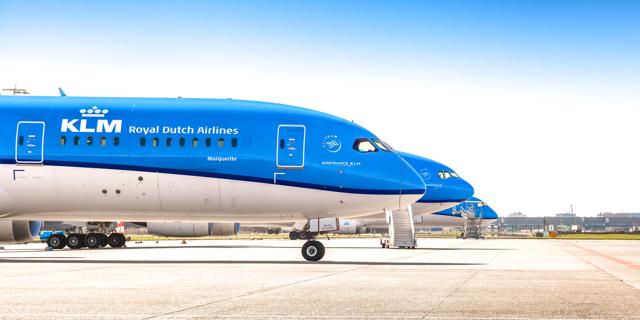The Top 5 Traditional Airlines
We all know of a traditional airline, no matter where you are, the country you live in will most likely have a traditional airline as it’s flag carrier, but why have they taken off as well as Low-cost airlines, and why do people still fly with them? *DIsclaimer before we start, All these airlines are from my opinion and there is no paid promotion of airlines in this article.*
5. British Airways (BA)
The great thing about BA is that they do things simply and they do it right, like how they can give you loads of vouchers if you cancel your flight due to Coronavirus. Their seats are comfortable, even in economy and all their crew is kind. They are take on truly british traditions and are always understanding of their passengers. I have never had a bad flight with BA and I hope it stays that way.

4. Air France
This airline is great at connecting eastern Asia and europe, of which I used them to fly from Paris CDG to Hong Kong in summer 2019. I particular thought the look of their Premium Economy class looked very sleek. Their economy model was great and they had a great entertainment system which I watched for most of my flight. Their staff were extremely professional and I could see myself flying with them again in the future.

3. Virgin Atlantic
I like to think of Virgin Atlantic as more of a spicy traditional airline with a twist. You can mainly find them on routes across the atlantic (I mean… Duh! it wouldn’t be called Virgin atlantic if otherwise.) to destinations such as America and the Caribbean, but you can also find them on flights to some of Eastern Asia and Southern Africa. I first flew with them flying to Johannesburg in 2015 and I spent the whole of my summer holiday super excited for the flight back.

2. SAS Scandinavian Airlines
This airline is relatively small but manages to serve 3 countries and is the flag carrier for all of them (We aren’t counting Norwegian here because their Low cost and nearly bankrupt.). SAS serves Sweden, Norway and Denmark and uses a mixture of Boeing and Airbus aircraft. Their flights come with WiFi and have a cool livery. This airline operates within europe and also flies to the USA and also to Asia.

1. KLM Royal Dutch Airlines.
This Bright Blue airline serves the small nation of the Netherlands in western Europe. They have very friendly staff and connect most of europe with all across the world, including their famous destination of St. Maarten in the Caribbean. I flew with them from Beijing to London Via Amsterdam inn 2019, and even though our flight was delayed by four hours due to Air traffic Congestion (Not the Airline’s fault) and they made sure we got on a later flight and they even gave us meal vouchers to eat at the airport. I really liked their great entertainment system with lots of up to date movies and TV shows. Did you know that occasionally the King of the Netherlands himself flies for the airline?

We can conclude that yes, they may cost more than low cost airlines, but they give you the better treatment. Plus, could you find the cool dreamliner windows on most low cost airlines?
Cover image credit: skyteamvirtual.com
Sam Jakobi is a young aviation enthusiast based in London, UK. Sam writes articles and conducts interviews with members of the aviation community.
You might also like:
- Emirates and Etihad Airways Sign Historic Interline Agreement
- EgyptAir Paid Its US$205 Million Entire Debt Accumulated Over 13 Years to EGPC
- The Flying Turtle of the Sky!
- An interview with LATAM airlines’ Chief Commercial Officer, Marty St. George
- Airbus Reports Successful Year in 2022 with Increased Deliveries and Strong New Orders
Discover more from Aviation for Aviators
Subscribe to get the latest posts sent to your email.































